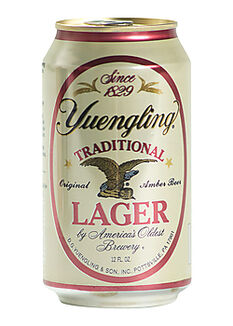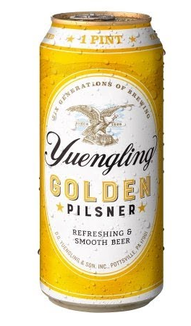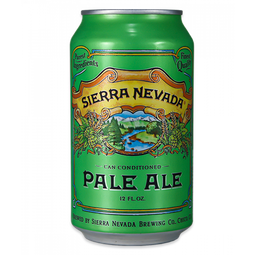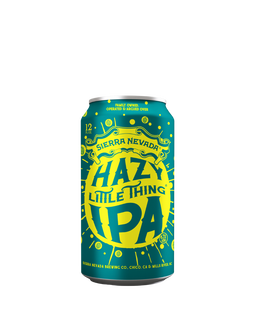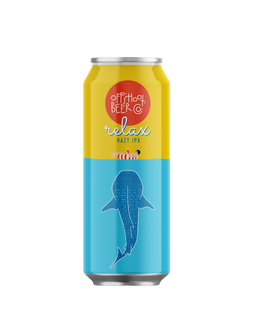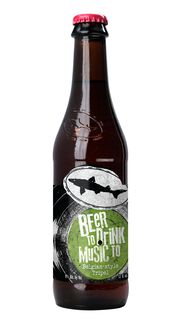Beer Basics
The (Brief) History of Beer
Karen Asp, Get Stocked Craft Beer Contributor
If you want to get a taste of history, go pour yourself a pint, as beer is without question one of the world’s oldest beverages. “Alongside wine made from grapes and rice, beer, defined as a liquid made of fermented cereal grains, has been a part of most of the earliest human civilizations and groups,” says Malcolm F. Purinton, Ph.D., visiting scholar of history at Northeastern University in Boston who’s been studying the history of beer for over 20 years. His new book, Globalization in a Glass, will be published by Bloomsbury Academic Press in late 2022 or early 2023.
Curious about beer’s evolution? While its rich history is too lengthy a subject to cover in one article, numerous historical highlights deserve your attention.
How old is beer?
Beer’s exact birth date has always been somewhat of a mystery – until recently. While some accounts suggest that beer may have gotten its start over 5,000 years ago in southern Babylonia, new evidence points to even earlier origination.
This research found evidence of extensive beer brewing operations in a graveyard site in Israel of an ancient group of hunter-gatherers known as the Natufians. Researchers believe the Natufians used beer in ritual feasts to honor the dead.
"Beer’s exact birth date has always been somewhat of a mystery – until recently."
Stone mortars found at the site date back 13,000 years, and researchers suggest the beer brewing evidence they found may be anywhere from 11,700 to 13,700 years old. “This accounts for the oldest record of man-made alcohol in the world,” said the lead researcher in a statement from Stanford University in Stanford, California.
The accidental birth of beer
Ironically, researchers believe nobody intended to make beer. “The initial discovery was likely an accidental moment that led to cereal grains becoming wet, drying in the sun and then soaking in water again that led to a wild fermentation caused by airborne yeasts,” Purinton says.
 History of Beer/The (Brief) History of Beer - Hero.jpg?sw=800)
Yet Purinton notes that while the story about beer’s creation may not be all that compelling, the consequences of how beer changed the world are. “There’s an argument that the production of grain specifically for beer may have led to the establishment of sedentary human civilizations in places like Mesopotamia,” he says. Mesopotamia was part of an ancient region of southwest Asia, which today is the Middle East.
According to an article in Wine Enthusiast, Mesopotamia was a key hotspot for beer thanks to the Sumerians, an ancient group who settled in this region between 4500 and 4000 B.C. Data suggest they may have consumed up to a liter of beer a day per person. One reason? Beer contained valuable nutrients, most of which came from its vitamin-rich yeast. The Sumerians were also reported to have worshipped Ninkasi, the goddess of brewing.
Highlights in beer’s history
What prompted somebody to taste that yeasty, fermented mix known as beer today is anybody’s guess, but what researchers do know is that if today’s beer drinkers time-traveled back to beer’s creation, there would be much about beer they wouldn’t recognize, starting with the beverage itself. “The closest equivalent to those beers would be a lower alcohol, slightly sweet and slightly sour brown ale,” Purinton says. It might be best compared to an unhopped brown gruit or, per the above study, a thin porridge.
 History of Beer/Clay Mug Toast.jpg?sw=800)
Beer was also consumed much differently back then. Images from Babylonian and Egyptian sites show people drinking beer from large clay containers, straws being used to filter out the grains and other materials in the beer.
Another fact that may surprise you? For thousands of years, the majority of brewers were women. Perhaps this is because the task of brewing beer was considered a domestic one, according to the National Women’s History Museum. Many of the taverns were also owned by women.
Yet that started shifting about a millennia ago when men began to be the main brewers of beer, thanks to several factors. There was a financial opportunity to brew beer as a primary job versus a side hustle, and many skills were being professionalized and taken over by men, Purinton says.
Around the same time, another key shift happened, namely the adoption of hops. “As a result, beer became a much more stable product with a much longer shelf life that helped professionalize the European brewing trade,” Purinton says.
The birth of beer in the United States
While Yuengling is credited as the oldest operating brewery in the United States, having opened in 1829, there were hundreds, perhaps even thousands, of breweries in existence before then. The first brewing by the colonists was in 1587. However, Central and South American civilizations were brewing a concoction from maize called chicha at least hundreds of years prior to this, Purinton says.
Shop Yuengling
"Yuengling is credited as the oldest operating brewery in the United States, having opened in 1829."
Colonists brewed with whatever grain and hops they could import along with locally-foraged and grown ingredients like pumpkins, gourds, and acorns to create ales, brown ales, and once the mid-eighteenth century hit, porters. They needed to brew quickly because taverns, which usually produced beer, played a crucial role in society. “Because taverns were essential places for colonists to meet and conduct business, several laws even required that towns must have a local tavern within a few years of their founding,” Purinton says.
Yet it’s the European immigrants, especially the Germans, who often receive the most credit for propelling America’s beer industry forward. With revolutions happening in Europe in 1848, immigrants from Germany began flooding into the United States, an event that continued throughout the mid-nineteenth century. “They not only established lager breweries in the East Coast and the Midwest (think Anheuser, Busch, Pabst, Schlitz, and Yuengling) but also helped develop the macro-brewing companies that continue to dominate the beer industry across the world with their light golden lagers that were derivative of the original Pilsner first brewed in 1842,” Purinton says. In fact, without the German, even Czech, immigration into the United States, America’s beer landscape might be much different today.
The making of the craft beer industry
America’s craft beer industry didn’t get its start until the 1960s, an occurrence that coincided not only with the hippie/cultural revolution happening then but also the back-to-the-land movement. “People were attempting to establish their own gardens to produce food and try brewing their own beer,” Purinton says. Homebrewing, in fact, was actually illegal until 1978, when President Jimmy Carter legalized it.
Other factors also spurred the craft beer revolution, including European travels by future brewers, an increase in homebrew supply stores, and the influence of early craft breweries like New Albion and Sierra Nevada, Purinton says.
 History of Beer/Craft beer image.jpg?sw=800)
So, where is the future of beer going? Lagers will still be a burgeoning trend for craft brewers, Purinton says. And while many smaller breweries will continue to pop up, larger regional breweries won’t grow by themselves. “The growth in size and production capacity will come through consolidation and continued buy-outs by major international corporations,” he says, adding that he also hopes the beer industry pushes faster for greater diversity of gender and race.
With a record number of 9,118 craft breweries currently operating in the United States, according to the Brewer’s Association, there’s never been a better time in history to be a beer drinker. Prost to that!
 History of Beer/Hero Banners.jpg?sw=1538)
 History of Beer/Hero Banners.jpg?sw=2800)
